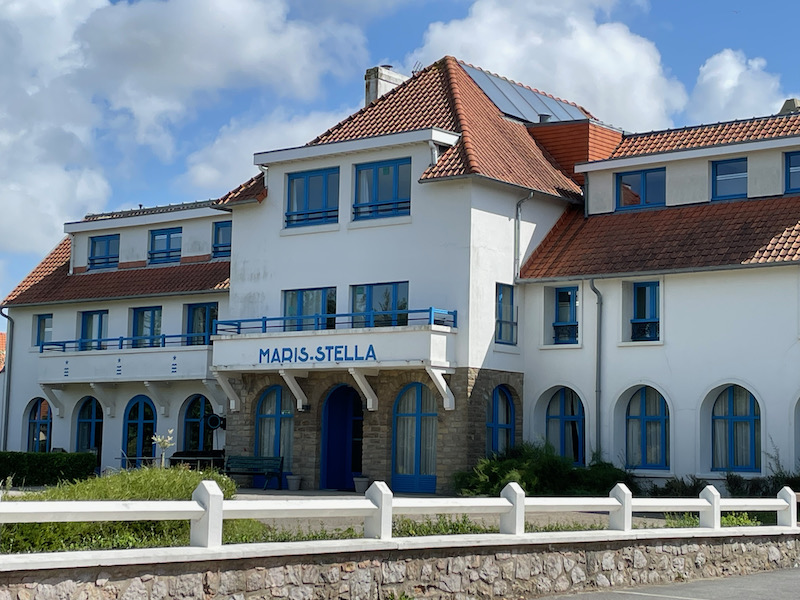Our Blog - Summer 2024 Trip - Wissant, France
Located at the eastern end of a lagoon formed by a storm-breach of the coastal dunes, probably in the mid-10th century, Wissant has been a fishing village for a millennium and it is one of the last fishing villages in France to use a traditional method of fishing using a wooden boat called a flobart. Shifting coastal sands silted up the harbor, at the same time that Calais was rising in importance as a port towards the end of the 12th century. By the end of the 19th century, seaside villas were appearing and the town changed to being a resort village instead of a fishing village. A bit of trivia: during the 20th century, the bones of a complete mammoth with its tusks were discovered by workers that were extracting sand and gravel from the dunes west of the town. This is also where On 1 December 1170, Thomas Becket sailed from in 1170 to go to England, where he was martyred (I talked about that in my Canterbury blog during week 2).
we planned our visit during the annual Flobart Festival, so a couple pictures and a video of the festivities.
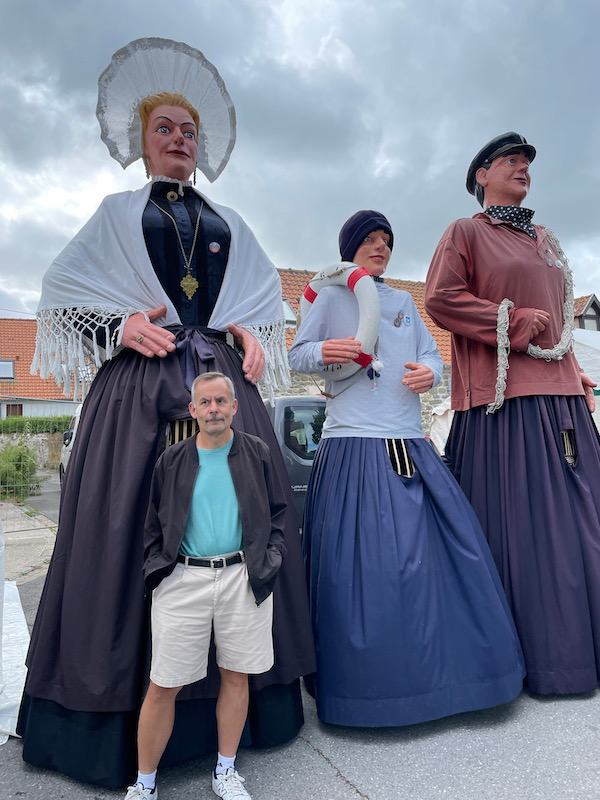
This is what a "flobart" looks like, they had several on display.
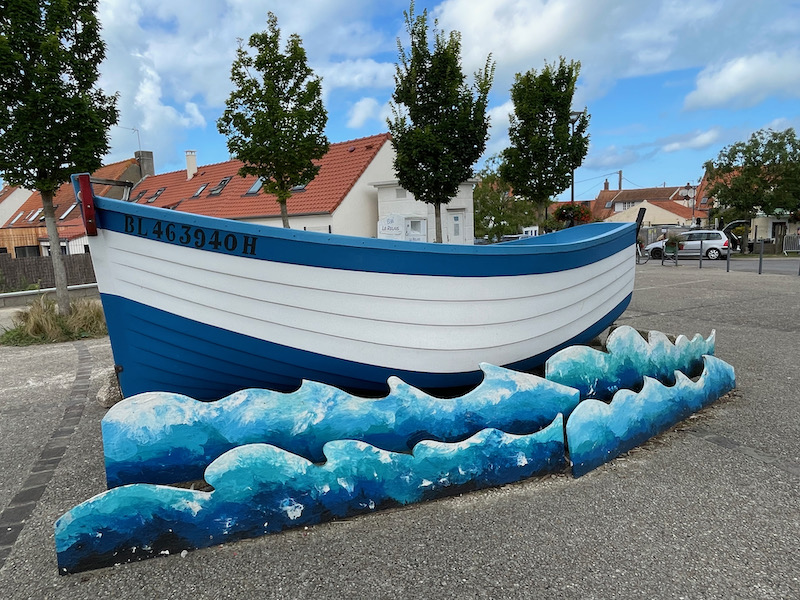
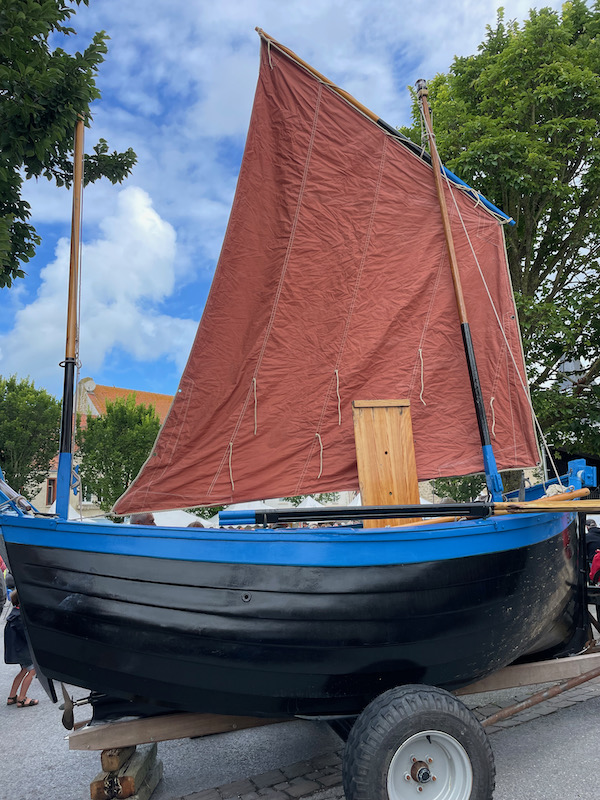
The Church of St Nicholas, dating from the 15th century, has an odd look to me. You can see looking at the side that it is built of stone, but the main entrance façade has no decoration at all, and it is mostly covered with what to me look like roof tiles. This was done consciously in 2016 when the building was renovated with the tiled façade protecting the building from the wind and rain.
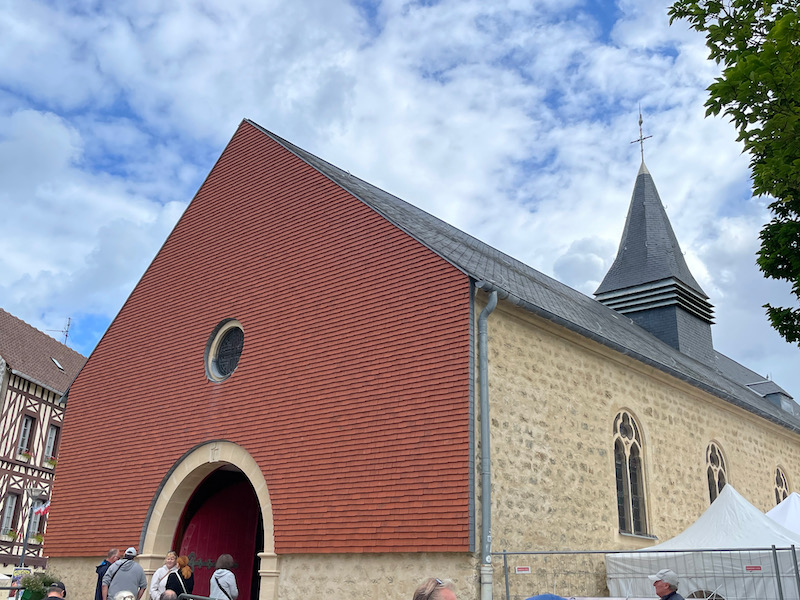
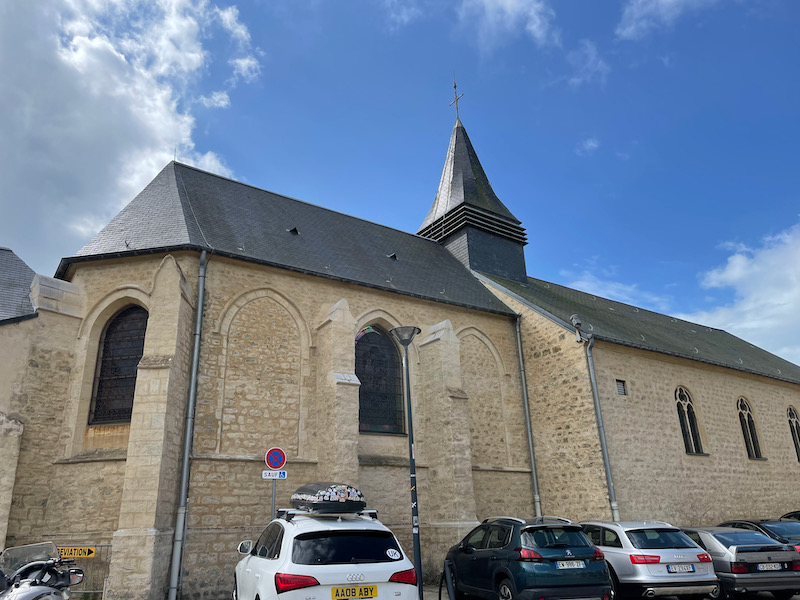
Inside is a small "grotto" in the corner that is supposed to represent the famous Grotto at Lourdes. This was built in 1949 with stones from the gable of the church that was demolished by a bombing in September, 1944.
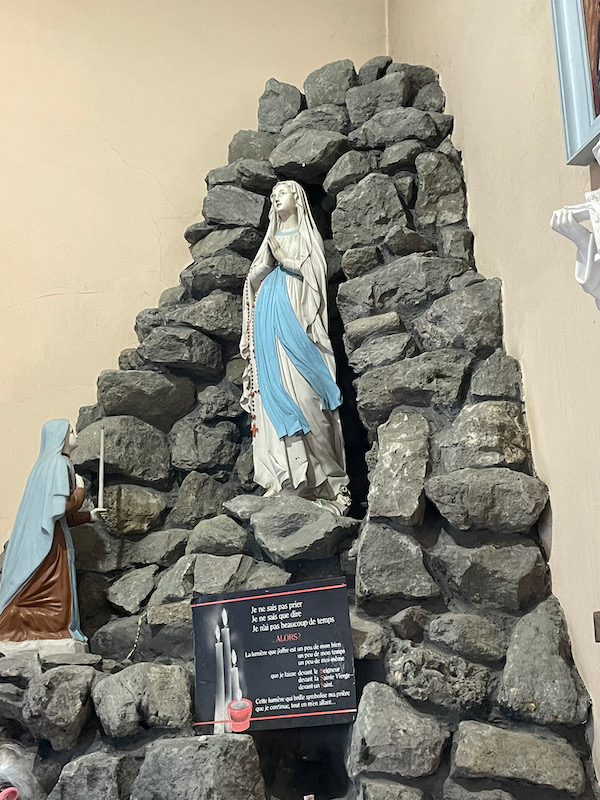
The neo-Gothic nave was added in 1845. There isn't that much in the way of interesting decoration, other than a couple of stained-glass windows that are from 1947 and represent the miraculous catch of fish and another representation of the Grotto of Lourdes.
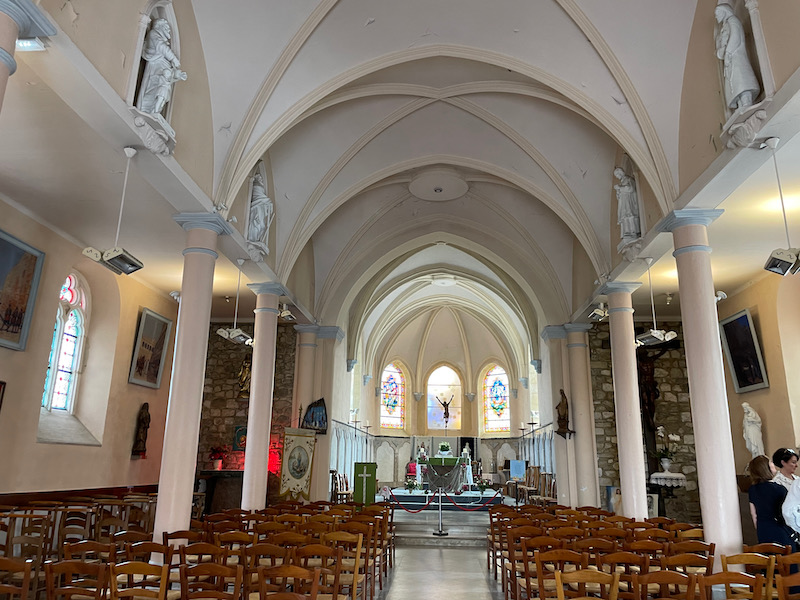
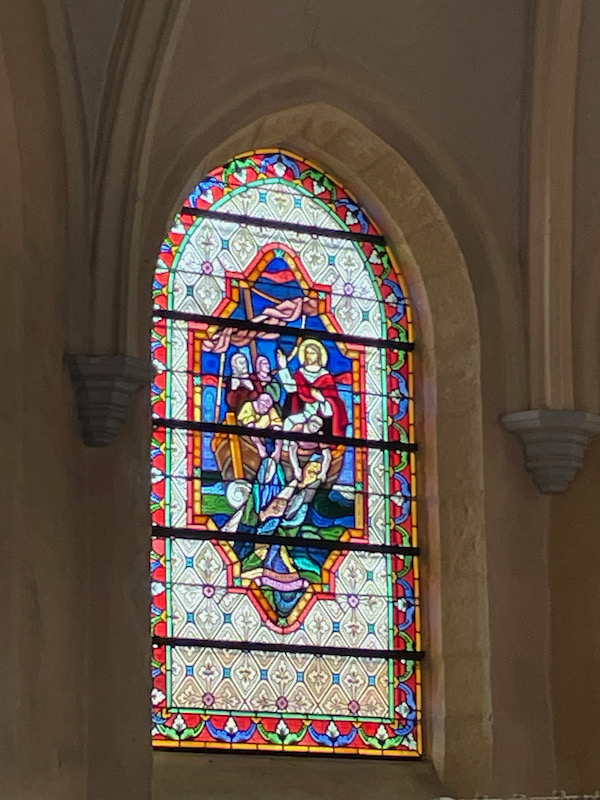
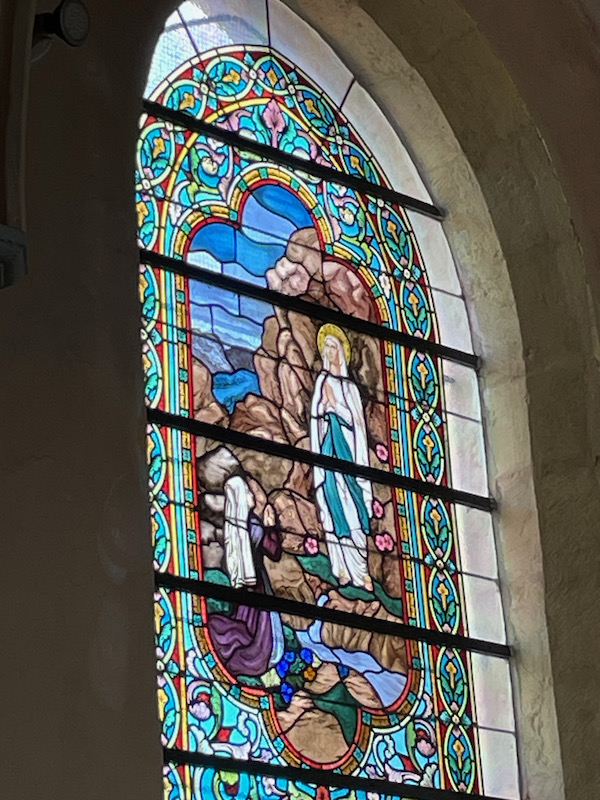
Just across from the church is this hotel and restaurant, with the lovely half-timbered design on the front
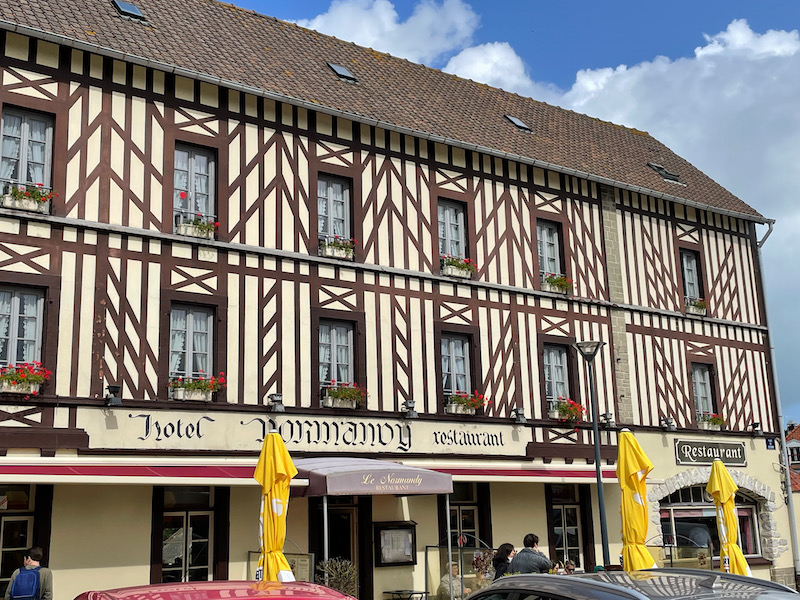
The Hôtel de la Plage is a landmark, it is the oldest family hotel in Wissant still in operation today (built in 1888 with a mill dating back to 1929).
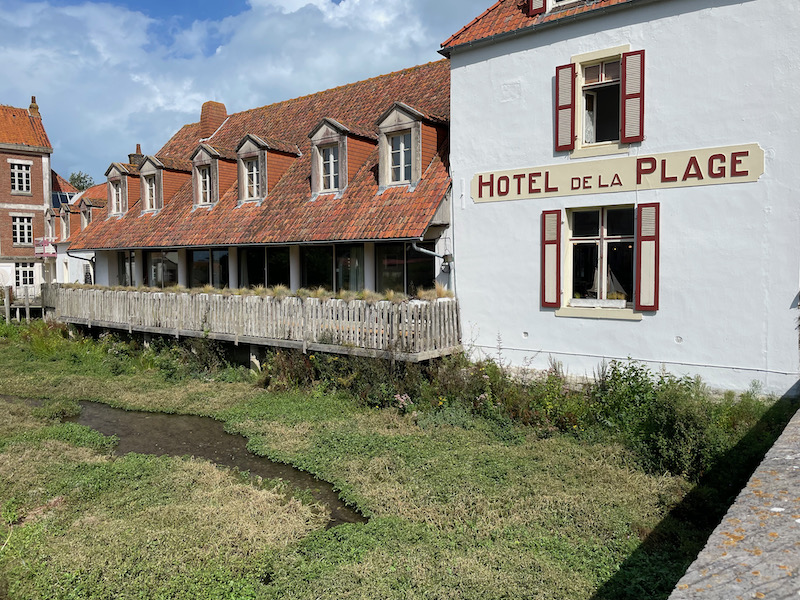
Really not that nice of a house, but this is called La villa Sainte-Marie des Fleurs. It was built in 1885 by painter, Ferdinand Stiévenard, who installed the glass roof, which allowed them to paint indoors.
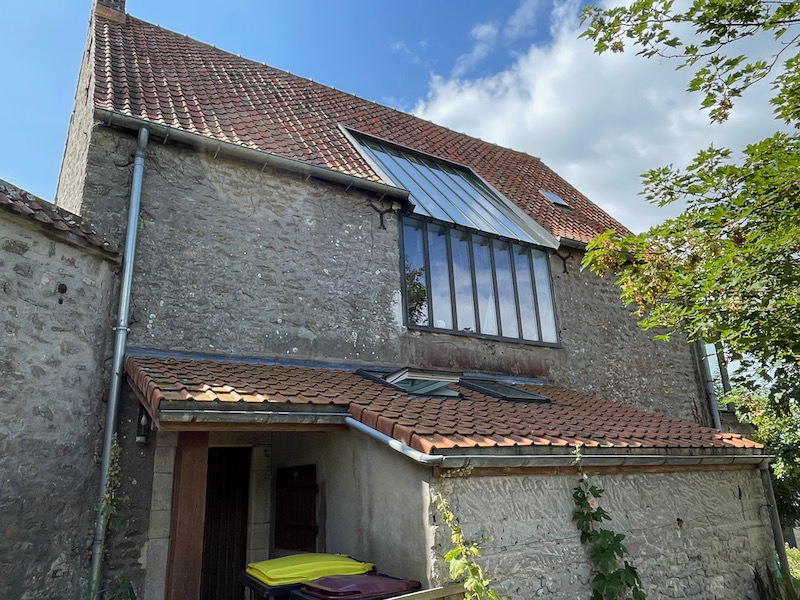
This abandoned house is the former residence of Valentine Pépe, a painter of the Wissant school. He set up a painting studio here, which he named "Le Pain Blanc", named after the street at that time. In 1937, it was sold but then destroyed during WWII and not rebuilt. It is called "castle Foucart" by the locals.
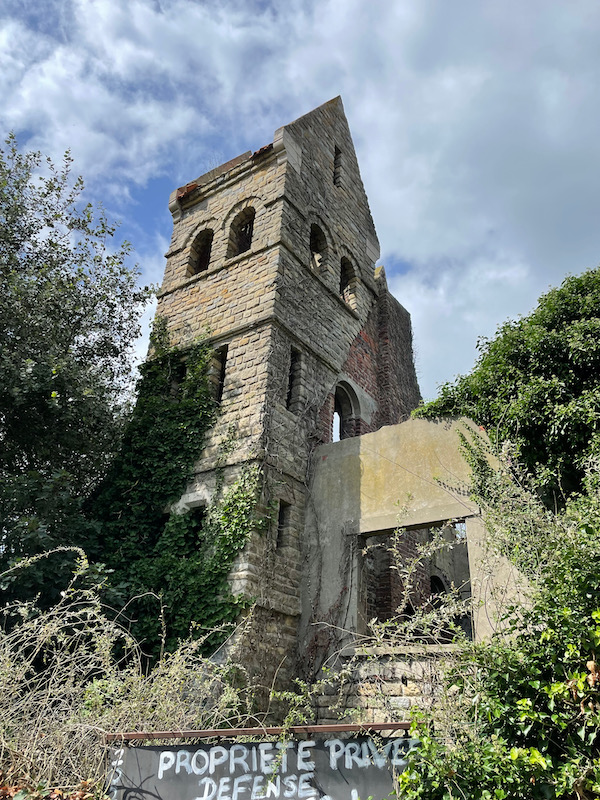
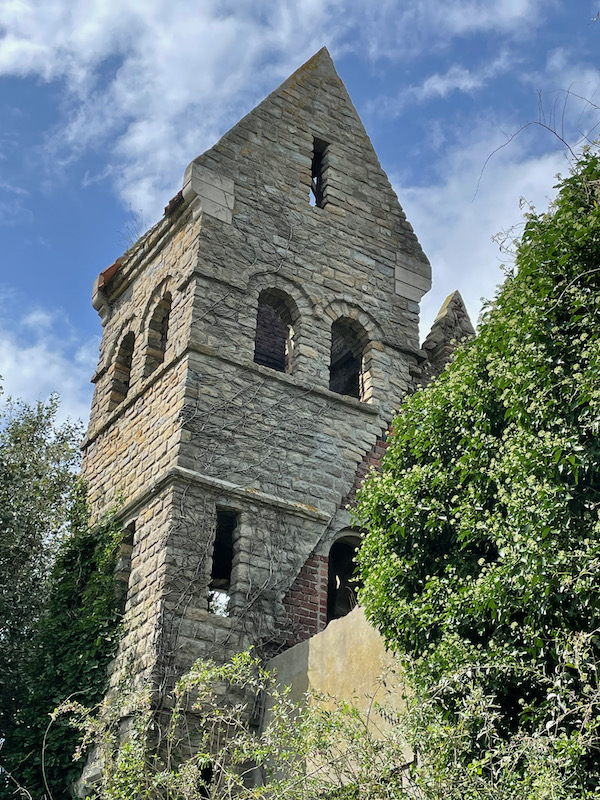
This is called the Fisherman's House, and it is a "museum" house that shows a typical fisherman's house from the start of the 20th century. Up to 7 people would have lived in the house. It can be visited in the afternoons.
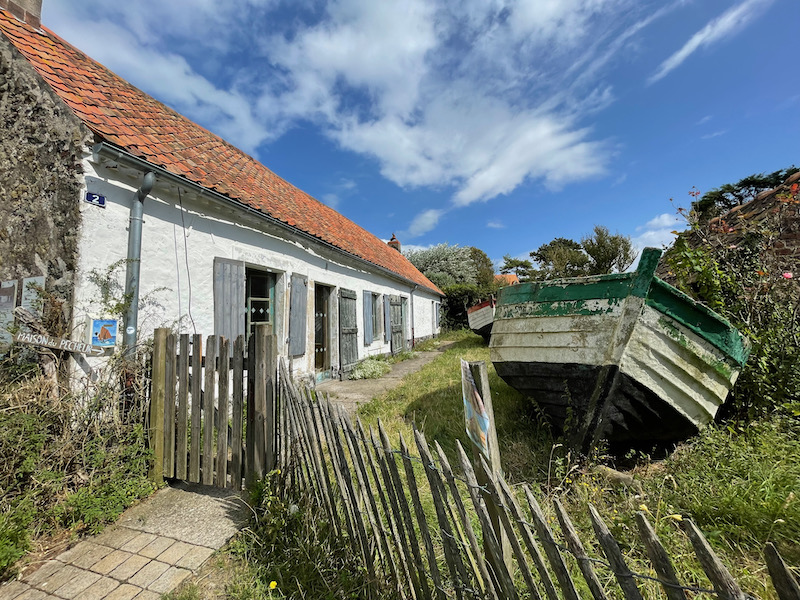
And then we made our way down to the beach. Due to the winds, this is known as a mecca for kitesurfing (and you can see one already up in the distance. They have a problem here with erosion, so you can also see the large rocks setup next to a concrete sea wall.
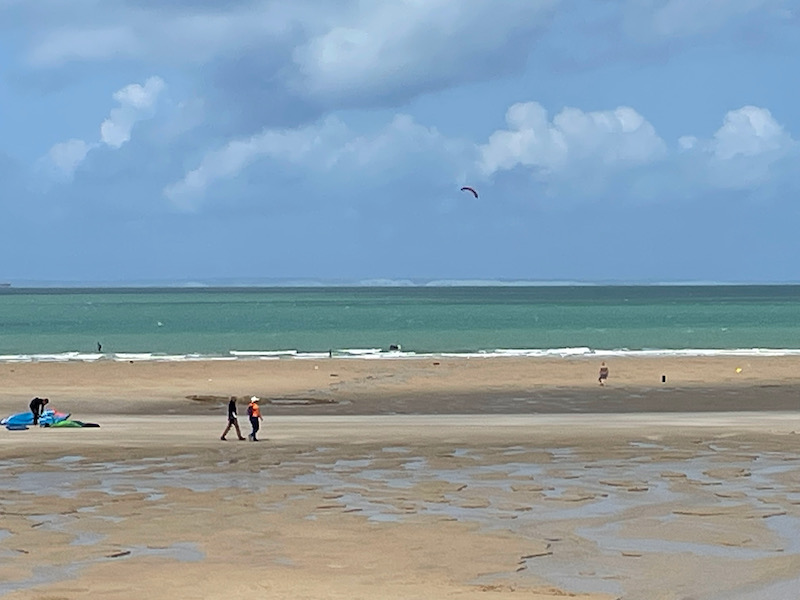
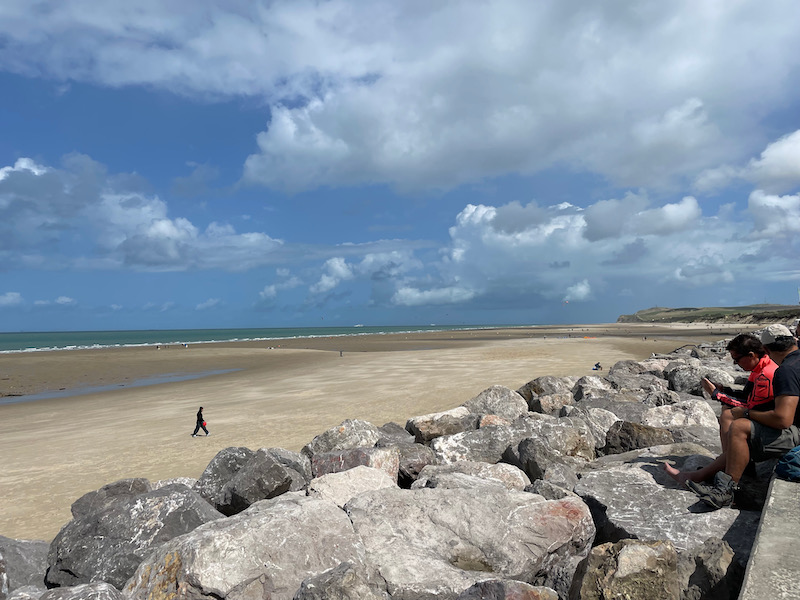
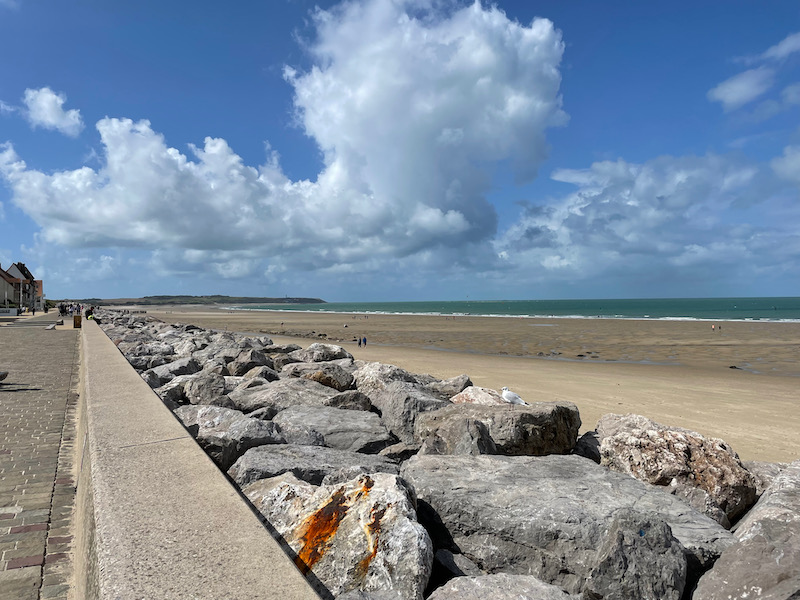
Maris Stella was once a boarding house before becoming a hotel. In 1970, the villa was bought by Les Petits Frères des Pauvres who turned it into a rest home.
